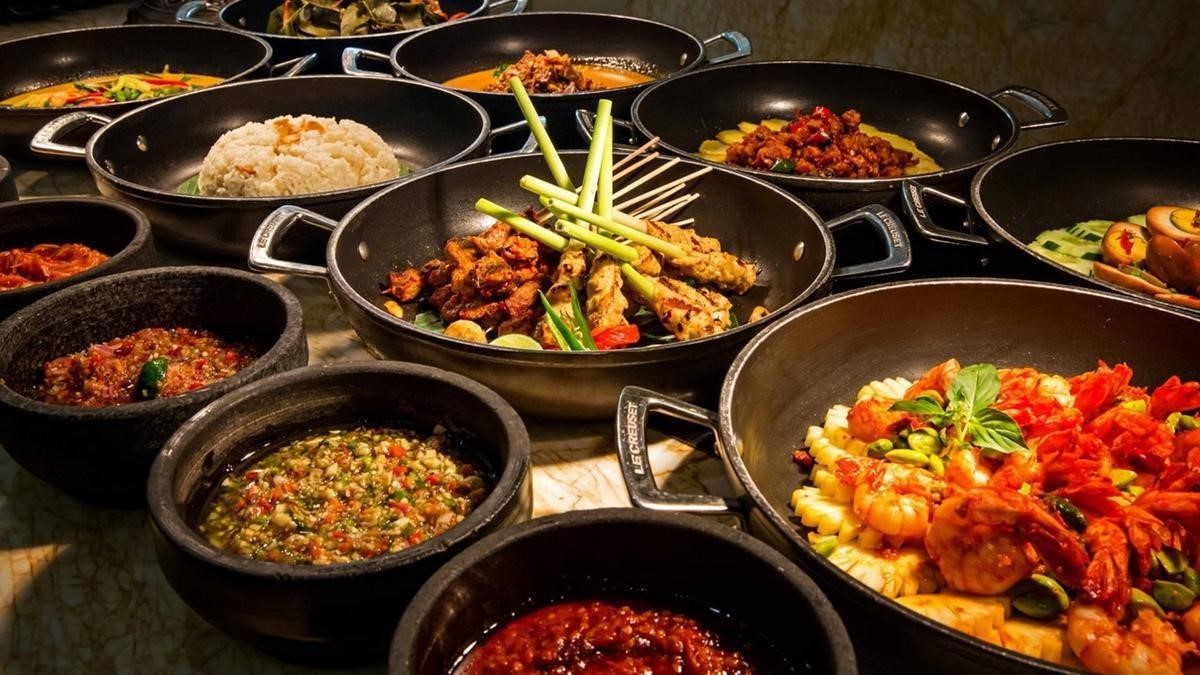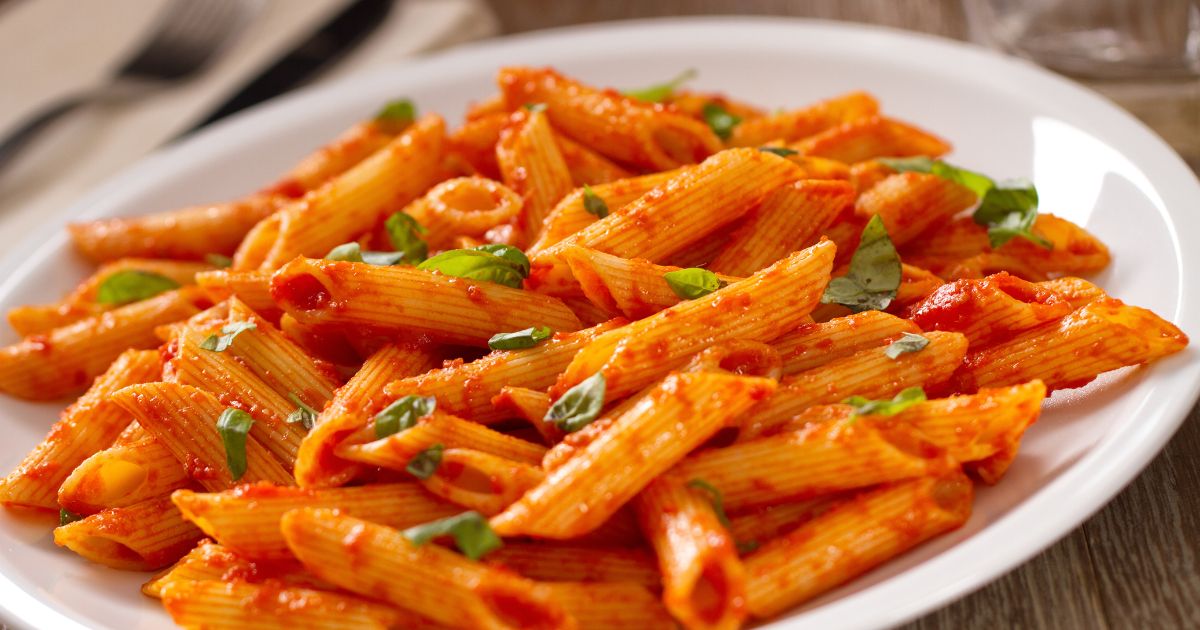The largest and most varied continent, Asia, is a veritable gold mine of customs, civilizations, and cuisines. From the Himalayas to the islands of Southeast Asia, its cuisine culture is a fascinating tapestry created by a multitude of influences and firmly ingrained in history. Asian food is more than simply food; it’s a sensory experience that captures the topography, history, and close bond between community and food of the region.
Variety of Ingredients:
The wide variety of ingredients used in Asian cuisine is one of its distinguishing characteristics. Every subregion has a distinct range of tastes and cooking customs. In East Asia, staple foods like fish, rice, and soybeans are important. Famous meals demonstrating the artistry and ability in employing these components are Korea’s kimchi, China’s dim sum, and Japan’s sushi and ramen.
As one moves southward to Southeast Asia, the usage of tropical fruits, plants, and spices intensifies the color scheme. Thai food is an excellent representation of the region’s love of fresh ingredients because of its harmonious blend of sweet, sour, salty, and spicy flavors. Vietnam’s usage of herbs like cilantro and basil is best summed up by its fragrant noodle soup, pho.
Aromatic spices provide the foundation of many South Asian dishes, including those from Bangladesh, Pakistan, and India. The word “curry,” which is frequently connected to South Asian food, refers to a wide range of meals with different proportions of spices and ingredients. Spices like cardamom, cumin, and coriander give each meal a distinct flavor that is sure to stay in your memory.
Cooking Methods & Techniques:
Asian cooking techniques are as varied as the ingredients they use. Every cooking method, from grilling and slow-cooking to stir-frying and steaming, demonstrates the inventiveness of the area’s culinary arts. Wok cooking is a classic Chinese cooking technique that involves quickly stir-frying food at a high temperature to retain the inherent aromas and textures of the ingredients.
You also like to read: Chic Home Improvement Ideas: Transforming Spaces
Conversely, Japanese food is renowned for its careful preparation and presentation. With its careful fish slicing and creative arrangement, sushi-making has gained recognition on a global scale as a culinary art. A defining feature of Japanese cuisine is the careful balancing of flavors and textures.
Tandoor ovens are considered to be a sign of superior Indian cuisine. This clay oven is used to prepare Tandoori meals, such as chicken and naan bread, which give the food a unique smokey flavor. Simmering and braising are two slow-cooking techniques used in Indian cuisine that let the flavors of the spices seep into the food.
Cultural Importance:
Asian cuisine is strongly entwined with social customs and cultural practices; it is not just about nourishment. Meals are frequently thought of as a social event that unites families and communities. Sharing many meals at a shared table is a tradition in China that represents harmony and cohesion. Similar to this, sharing food is a socially cohesive practice in Japan, particularly during festivals.
Furthermore, eating in Asia has a lot of symbolic meaning. Certain dishes are connected to luck and wealth in Chinese culture. For example, dumplings are a popular choice during festivities since their round shape represents prosperity and wholeness. In India, different foods are cooked on certain occasions to pay homage to the gods and symbolize spiritual relationships.
Fusion and Adaptation:
Asian cuisine is dynamic and always changing; it is not static. Due to the lengthy history of cultural interchange on the continent brought about by commerce, migration, and conquest, several culinary influences have been assimilated and adapted. This is obvious in the fusion cuisines that have arisen over the years.
For example, the distinctive Peranakan cuisine in Southeast Asia originated from the merging of Chinese and Malaysian ingredients. Chinese cuisine is known for its palate-opening attitude, which is demonstrated by the usage of spices from Southeast and India. Sushi burritos are a popular example of how Asian flavors continue to inspire culinary creativity around the world.
In summary:
Asian cuisine is characterized by a wide variety of tastes, preparation methods, and customs that showcase the great diversity of the continent. It is an ode to the abundance given by land and sea, an illustration of the creativity of chefs, and a means of fostering community bonds via shared meals. Even though Asian food is becoming more and more popular around the globe, it’s important to understand that each dish has a rich cultural identity and a backstory in addition to being delicious.




